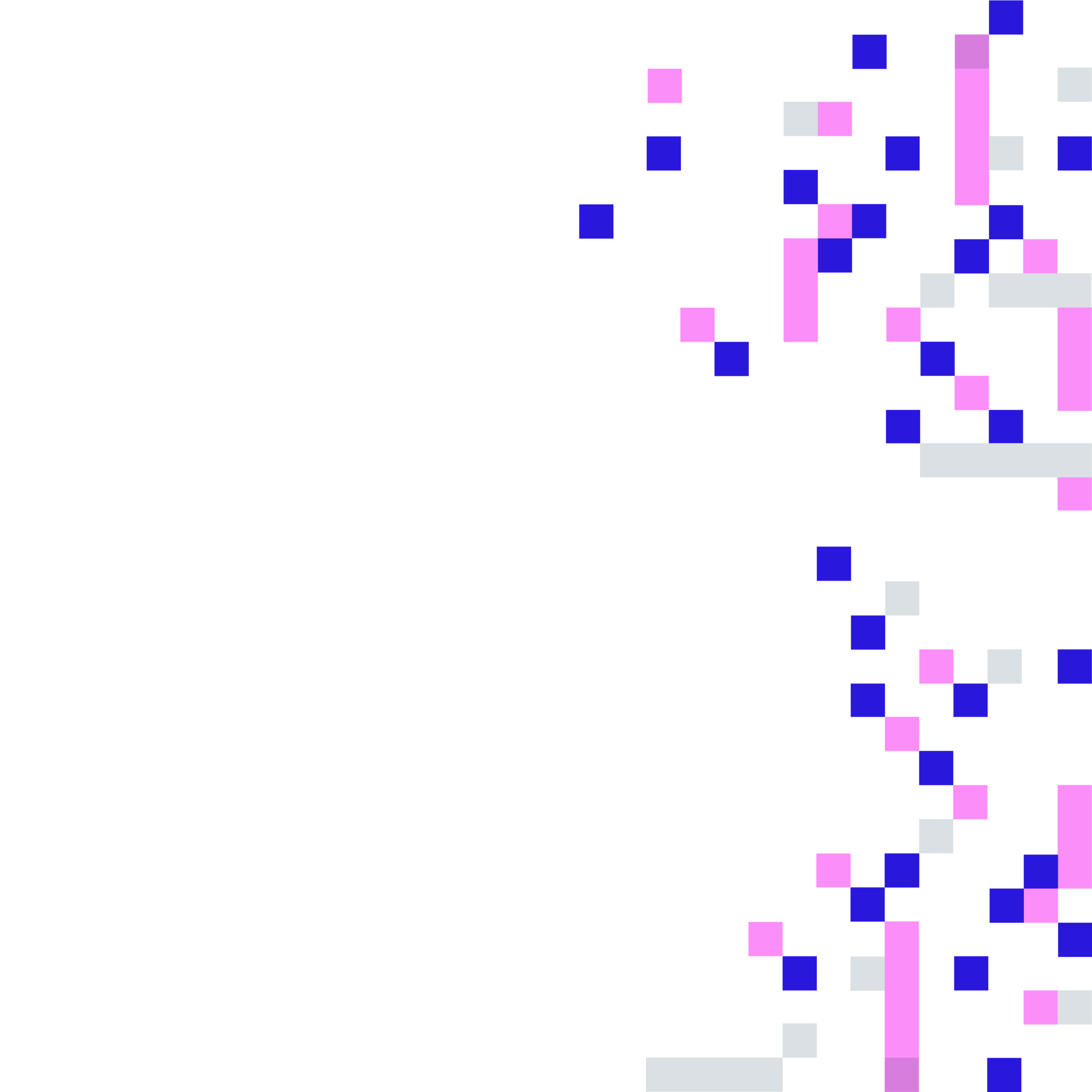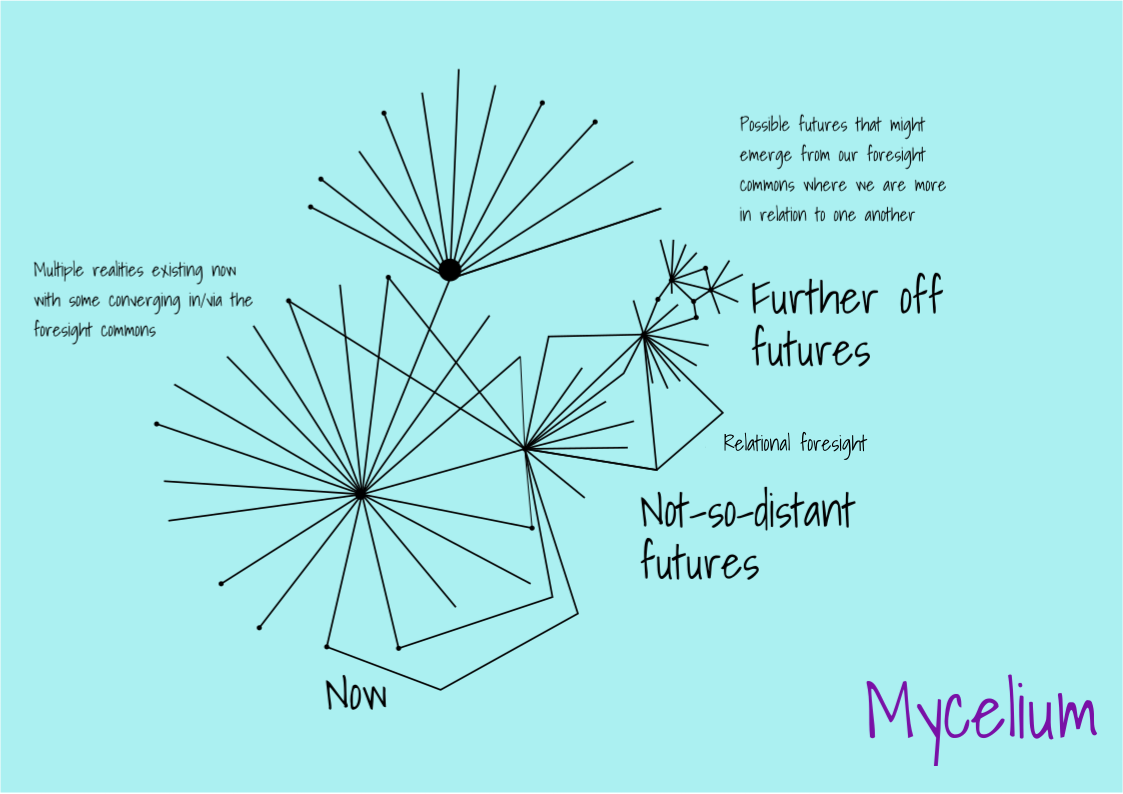
Visualising relational foresight
by Dominique Barron
Thinking about the future in creative ways is surprisingly hard. We do not have a ‘Tabula rasa’ or blank slate for a mind. We come to think about the future with our previous experience and knowledge, which in some respects is problematic: we might be susceptible to reproduce the present into the future. However, it could be possible to reframe our thinking and embrace the complexity.
Tentacular Thinking, is the title of the second chapter in Donna Haraway’s 2016 book, Staying with the Trouble: Making Kin in the Chtulucene. In the book, she discusses how humans and non-humans are messily connected through ‘tentacular’ links and practices. She describes the necessity and benefit of complexity and, encourages us to embrace the messiness of complexity. Using the metaphor of the compost pile, she describes not just this messiness of interconnected experiences, practices, thinking, but also the new opportunities that can grow from that messiness. We exist in a ‘thick copresence’ in which we ‘are at stake to each other’.
She expresses ideas of the complexity within relational worldings and uses imagery to describe them. A similar principle can be applied when thinking about relational foresight, in which a key thing it is trying to do is change how we relate to each other, to foresight, and to the future. It is possible then, that we could apply some of these different visualisations and transpose them onto our relational foresight model. Modeling different ways of infrastructures for thinking about the future.
The futures cone is a common tool used in foresight to visualise a plurality of futures. Careful Industries has also offered an alternative illustration for the futures cone that shows multiple converging possible futures. Thinking about this convergence and the ways Haraway imagines building relationality and sympoiesis — ‘making-with’ — the following viualisations explore the collective ‘response-ability’ and ‘collective knowing and doing’ that Relational Foresight methods hope to cultivate. Haraway uses tentacles and tentacular thinking as ways to describe these relationships and connections. Taking an outside-the-box approach, we offer these interpretations using the spider, the jellyfish, and mycelium as possibilities.
Tentacular thinking
With the spider model, the spider’s palps represent capital and the state.
These are the dominant forces driving majority of foresight research now, along with the next section of ‘business as normal’. The bottom portion is the biggest, and represents the majority of people. This is where we are trying to build Relational Foresight from. It is from here that different realities of now (aka ‘the present’) converge within the Relational Foresight framework in the not-so-distant future. Here, there also exists a plurality of possible futures, but through relational foresight, these different futures operate in relation to one another, whether this relationality is built on shared values, shared practices or, something else we haven’t thought of yet. From there, open up possibilities of futures that are even further off, but continue expanding and thus, are more inclusive and thoughtful.
Tentacular Thinking, Spider Model detail
The jellyfish illustration pictures the present ‘now’ as a jellyfish with numerous tentacles protruding from its body.
These tentacles represent the different realities that exist in the present, with some converging in the not-so-distant future: a space that could be facilitated through relational foresight. As with the spider model, there are still multiple possible futures that exist (and operate?) in relation to one another, and from there open up even more possibilities for futures further off, built through relationalities newly identified.
Tentacular Thinking, Jelly Fish detail
The mycelium is yet another way to illustrate the relationship between the numerous realities that exist now in the present, their convergence in the not-so-distant future through relational foresight and the further off futures that are possible through this plurality.
Tentacular Thinking, Mycelium detail
The process of attempting to bring together Haraway’s framing of tentacular thinking with our ideas of relationality is a helpful thinking tool which we used when designing a framework to embody the notion of rational foresight.
If you would like to find out more about our bespoke relational foresight method please get in contact.





